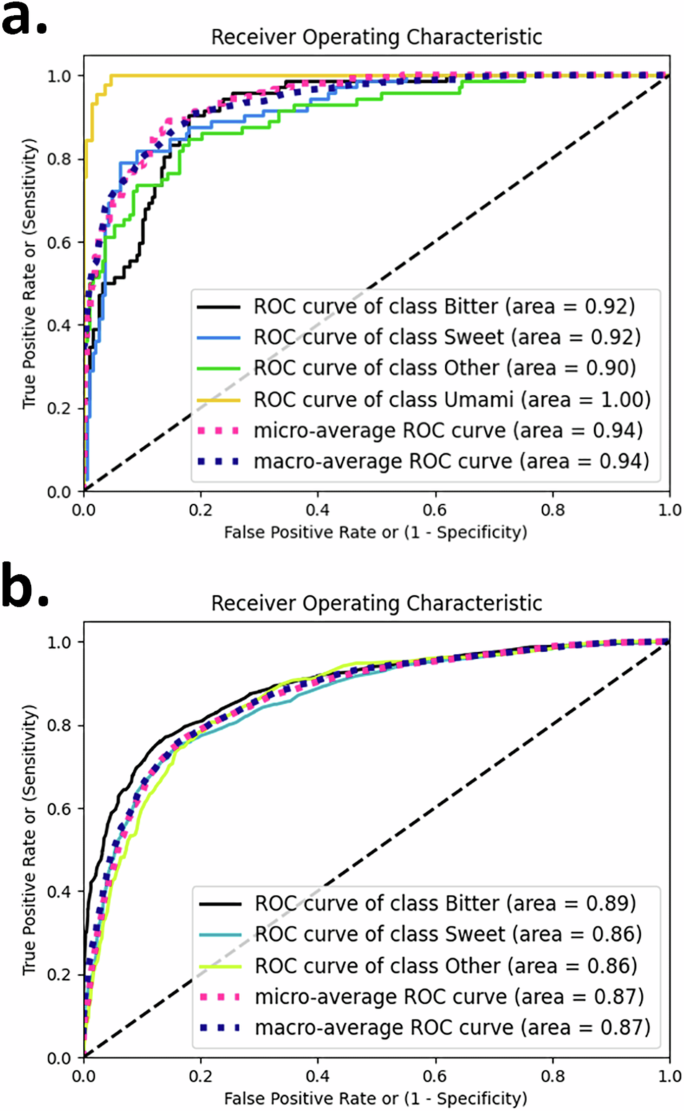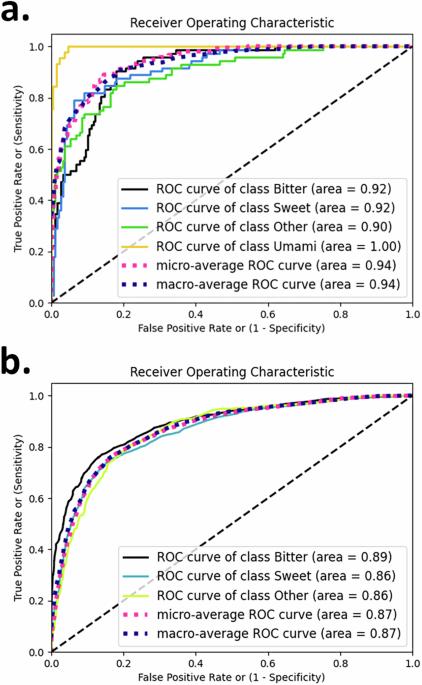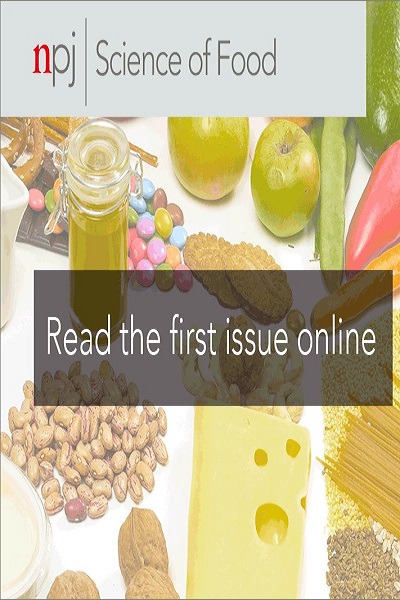Predicting multiple taste sensations with a multiobjective machine learning method
IF 6.3
1区 农林科学
Q1 FOOD SCIENCE & TECHNOLOGY
引用次数: 0
Abstract
Taste perception plays a pivotal role in guiding nutrient intake and aiding in the avoidance of potentially harmful substances through five basic tastes - sweet, bitter, umami, salty, and sour. Taste perception originates from molecular interactions in the oral cavity between taste receptors and chemical tastants. Hence, the recognition of taste receptors and the subsequent perception of taste heavily rely on the physicochemical properties of food ingredients. In recent years, several advances have been made towards the development of machine learning-based algorithms to classify chemical compounds’ tastes using their molecular structures. Despite the great efforts, there remains significant room for improvement in developing multi-class models to predict the entire spectrum of basic tastes. Here, we present a multi-class predictor aimed at distinguishing bitter, sweet, and umami, from other taste sensations. The development of a multi-class taste predictor paves the way for a comprehensive understanding of the chemical attributes associated with each fundamental taste. It also opens the potential for integration into the evolving realm of multi-sensory perception, which encompasses visual, tactile, and olfactory sensations to holistically characterize flavour perception. This concept holds promise for introducing innovative methodologies in the rational design of foods, including pre-determining specific tastes and engineering complementary diets to augment traditional pharmacological treatments.


用多目标机器学习法预测多种味觉。
味觉通过甜、苦、鲜、咸、酸五种基本味道在指导营养摄入和帮助避免潜在有害物质方面发挥着关键作用。味觉感知源于口腔中味觉受体和化学味素之间的分子相互作用。因此,味觉受体的识别和随后的味觉感知在很大程度上依赖于食品配料的理化特性。近年来,人们在开发基于机器学习的算法方面取得了一些进展,这些算法可以利用化合物的分子结构对其味道进行分类。尽管付出了巨大努力,但在开发多类模型以预测整个基本味道方面仍有很大的改进空间。在此,我们提出了一种多类味觉预测器,旨在区分苦、甜和鲜味以及其他味觉。多类味觉预测器的开发为全面了解与每种基本味觉相关的化学属性铺平了道路。它还为整合到不断发展的多感官感知领域开辟了可能性,多感官感知包括视觉、触觉和嗅觉,以全面描述味觉感知的特征。这一概念有望为食品的合理设计引入创新方法,包括预先确定特定口味和设计辅助饮食,以增强传统的药物治疗。
本文章由计算机程序翻译,如有差异,请以英文原文为准。
求助全文
约1分钟内获得全文
求助全文
来源期刊

NPJ Science of Food
FOOD SCIENCE & TECHNOLOGY-
CiteScore
7.50
自引率
1.60%
发文量
53
期刊介绍:
npj Science of Food is an online-only and open access journal publishes high-quality, high-impact papers related to food safety, security, integrated production, processing and packaging, the changes and interactions of food components, and the influence on health and wellness properties of food. The journal will support fundamental studies that advance the science of food beyond the classic focus on processing, thereby addressing basic inquiries around food from the public and industry. It will also support research that might result in innovation of technologies and products that are public-friendly while promoting the United Nations sustainable development goals.
 求助内容:
求助内容: 应助结果提醒方式:
应助结果提醒方式:


